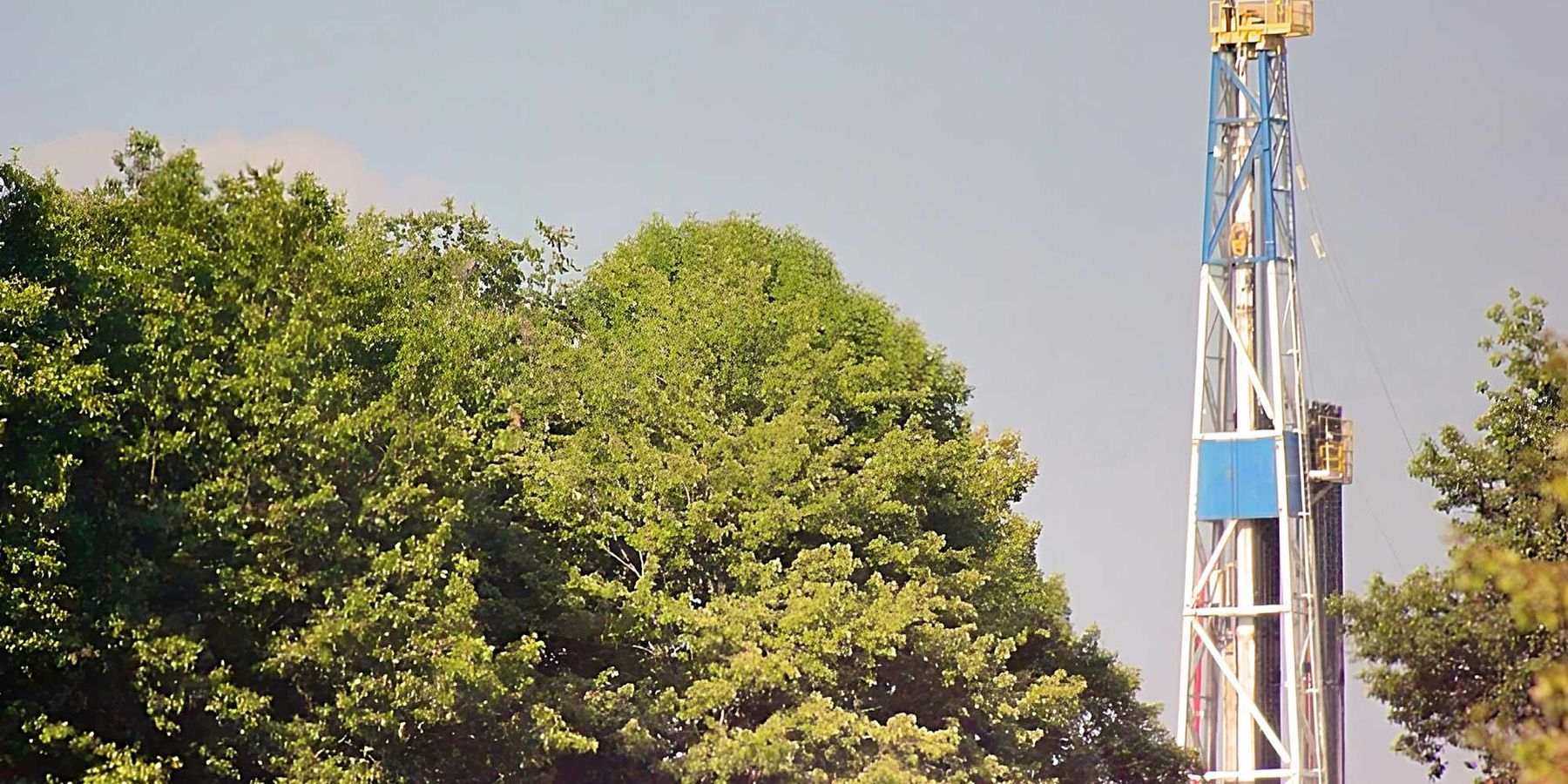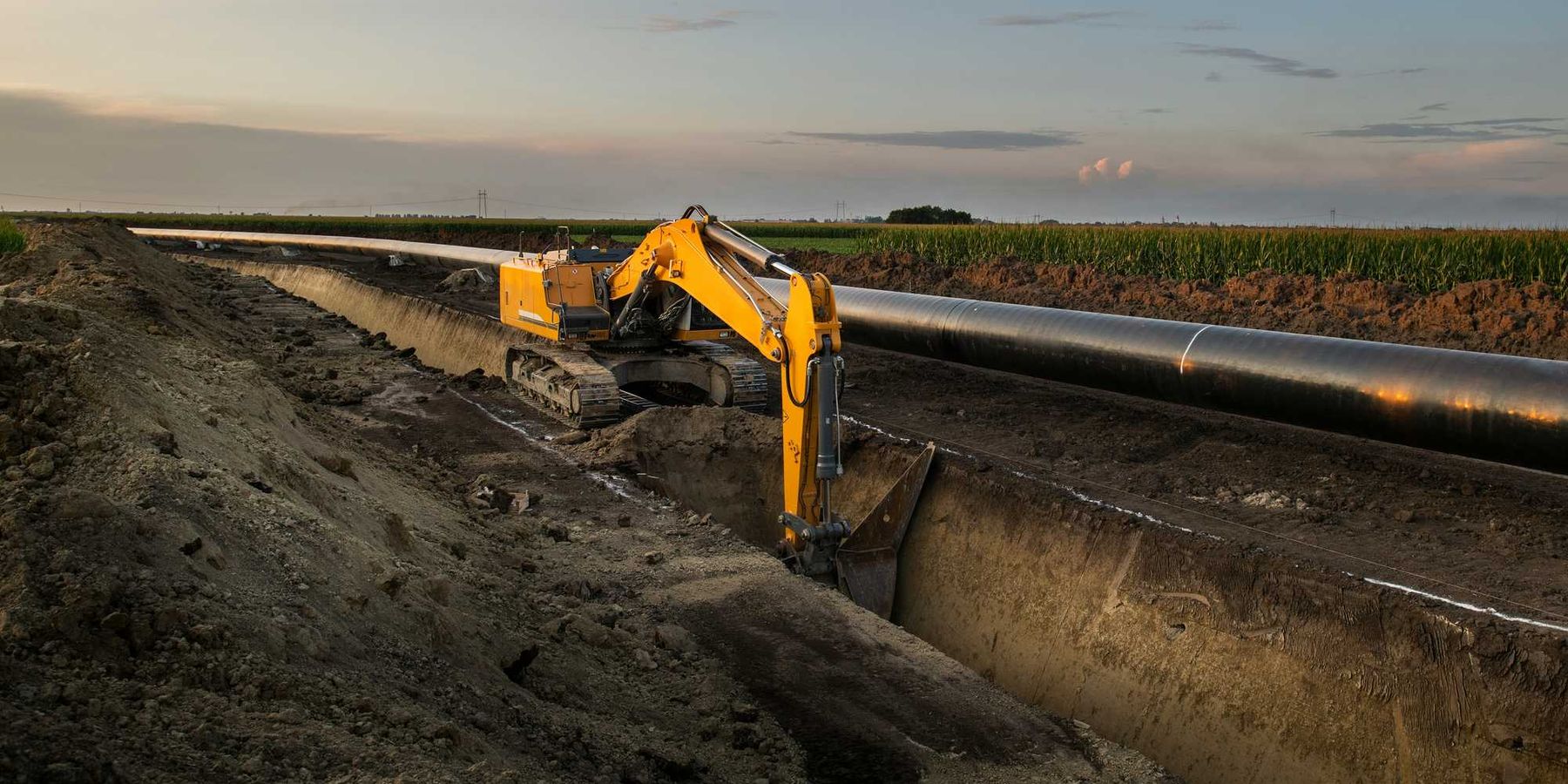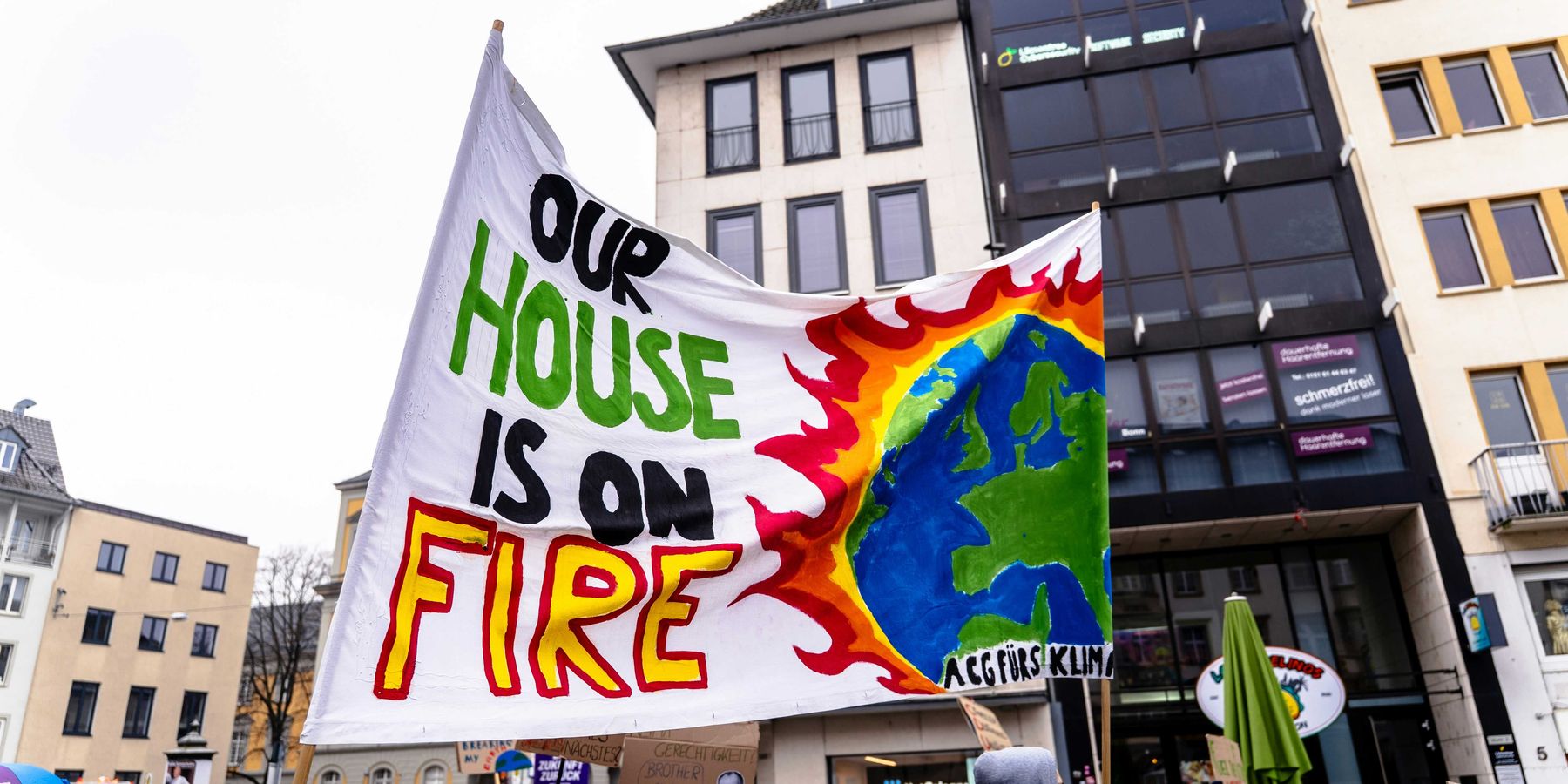Wildfire smoke pollution raises growing health concerns
Wildfire smoke, intensified by climate change, is becoming a leading global source of deadly air pollution, contributing to hundreds of thousands of premature deaths each year.
Hiroko Tabuchi reports for The New York Times.
In short:
- Wildfire smoke contains hazardous pollutants like particulate matter, nitrogen dioxide and lead, which are linked to respiratory, cardiovascular and other diseases.
- Recent fires in Los Angeles elevated air quality to dangerous levels, particularly affecting vulnerable populations such as children and older adults.
- Studies suggest that wildfire pollution has reversed progress in reducing harmful air particles, with mortality rates from wildfire-related pollution projected to rise significantly.
Key quote:
“We’re breathing in this toxic brew of volatile organic compounds and polycyclic aromatic hydrocarbons and hexavalent chromium. All of it is noxious.”
— Dr. Lisa Patel, pediatrician and executive director of the Medical Society Consortium on Climate and Health
Why this matters:
Air pollution from wildfires threatens public health even in regions far from fire zones. Prolonged exposure to smoke may lead to long-term health complications, requiring urgent measures to address climate change and protect at-risk communities.
Related EHN coverage:













